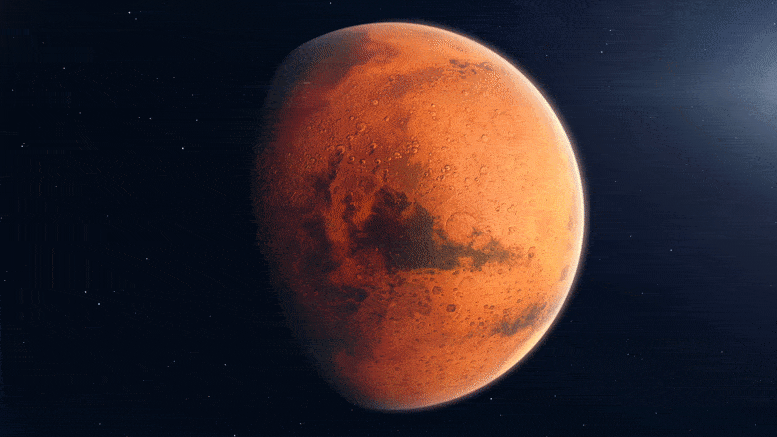
The study also suggests that Mars is geothermally active.
Prior research has suggested that there is water beneath the south polar ice cap of Mars.
New evidence from an international research team suggests that there may be liquid water under Mars’ south polar ice cap.
The researchers, led by the University of Cambridge, utilized laser-altimeter data from spacecraft to uncover subtle patterns in the ice cap’s height. After that, they demonstrated how these patterns corresponded to computer model predictions of the effects that a body of water under the ice cap would have on the surface.
Their findings are consistent with prior ice-penetrating radar readings, that were originally interpreted to indicate the possibility of a liquid water region under the ice. There is disagreement over the interpretation of liquid water based only on radar data, with some researchers arguing that the radar signal is not caused by liquid water.
The findings, which were published in the journal Nature Astronomy, provide the first line of independent evidence that liquid water exists under Mars’ south polar ice cap using data other than radar.
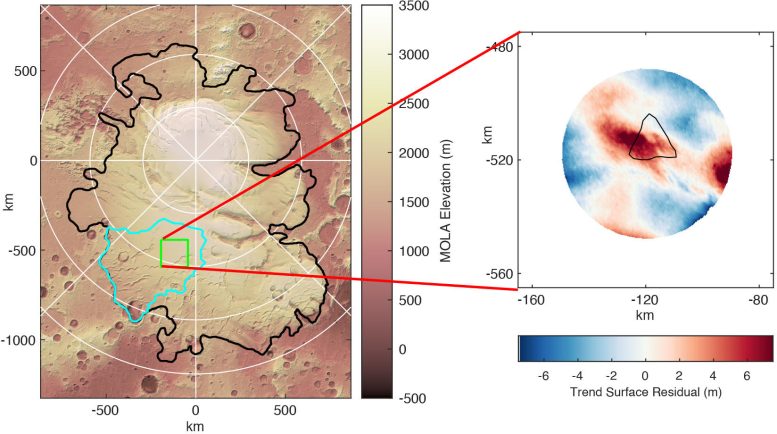
The left-hand panel shows the surface topography of Mars’s south pole, with the outline of the south polar cap in black. The light blue line shows the area used in the modelling experiments, and the green square shows the region containing the inferred subglacial water. The ice in the region is around 1500 m thick. The right-hand panel shows the surface undulation identified by the Cambridge-led research team. It is visible as the red area, which is elevated by 5-8 m above the regional topography, with a smaller depression (2-4 m below the regional topography) upstream (towards the top right of the image). The black outline shows the area of water as inferred by the orbiting radar. Credit: University of Cambridge
“The combination of the new topographic evidence, our computer model results, and the radar data make it much more likely that at least one area of subglacial liquid water exists on Mars today, and that Mars must still be geothermally active in order to keep the water beneath the ice cap liquid,” said Professor Neil Arnold from Cambridge’s Scott Polar Research Institute, who led the research.
Similar to Earth, Mars has thick water ice caps at both poles that together about match the volume of the Greenland Ice Sheet. The polar ice caps on Mars, however, were previously believed to be frozen solid all the way to their beds owing to the frigid Martian climate, unlike Earth’s ice sheets, which are underlain by water-filled channels and even large subglacial lakes.
In 2018, evidence from the European Space Agency’s Mars Express satellite challenged this assumption. The satellite has an ice-penetrating radar called MARSIS, which can see through Mars’ southern ice cap. It revealed an area at the base of the ice that strongly reflected the radar signal, which was interpreted as an area of liquid water beneath the ice cap.
However, subsequent studies suggested that other types of dry materials, which exist elsewhere on Mars, could produce similar patterns of reflectance if they exist beneath the ice cap. Given the cold climate conditions, liquid water beneath the ice cap would require an additional heat source, such as geothermal heat from within the planet, at levels above those expected for present-day Mars. This left confirmation of the existence of this lake awaiting another, independent line of evidence.
On Earth, subglacial lakes affect the shape of the overlying ice sheet – its surface topography. The water in subglacial lakes lowers friction between the ice sheet and its bed, affecting the velocity of ice flow under gravity. This in turn affects the shape of the ice sheet surface above the lake, often creating a depression in the ice surface followed by a raised area further down-flow.
The team – which also included researchers from the University of Sheffield, the University of Nantes, University College, Dublin, and the Open University – used a range of techniques to examine data from NASA’s Mars Global Surveyor satellite of the surface topography of the part of Mars’ south polar ice cap where the radar signal was identified.
Their analysis revealed a 10-15 kilometer-long surface undulation comprising a depression and a corresponding raised area, both of which deviate from the surrounding ice surface by several meters. This is similar in scale to undulations over subglacial lakes here on Earth.
The team then tested whether the observed undulation on the surface of the ice could be explained by liquid water at the bed. They ran computer model simulations of ice flow, adapted to specific conditions on Mars. They then inserted a patch of reduced bed friction in the simulated ice sheet bed where water, if present, would allow the ice to slide and speed up. They also varied the amount of geothermal heat coming from inside the planet. These experiments generated undulations on the simulated ice surface that were similar in size and shape to those the team observed on the real ice cap surface.
The similarity between the model-produced topographic undulation and the actual spacecraft observations, together with the earlier ice-penetrating radar evidence suggests that there is an accumulation of liquid water beneath Mars’ south polar ice cap and that magmatic activity occurred relatively recently in the subsurface of Mars to enable the enhanced geothermal heating needed to keep the water in a liquid state.
“The quality of data coming back from Mars, from orbital satellites as well as from the landers, is such that we can use it to answer really difficult questions about conditions on, and even under the planet’s surface, using the same techniques we also use on Earth,” said Arnold. “It’s exciting to use these techniques to find out things about planets other than our own.”
Reference: “Surface topographic impact of subglacial water beneath the south polar ice cap of Mars” by N. S. Arnold, F. E. G. Butcher, S. J. Conway, C. Gallagher and M. R. Balme, 29 September 2022, Nature Astronomy.
DOI: 10.1038/s41550-022-01782-0
The study was funded by the European Research Council.




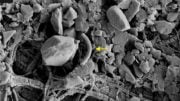
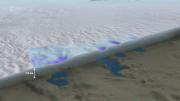
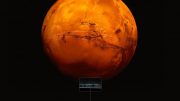
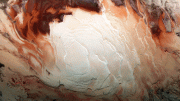
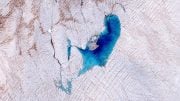
Be the first to comment on "New Evidence for Liquid Water on Mars"